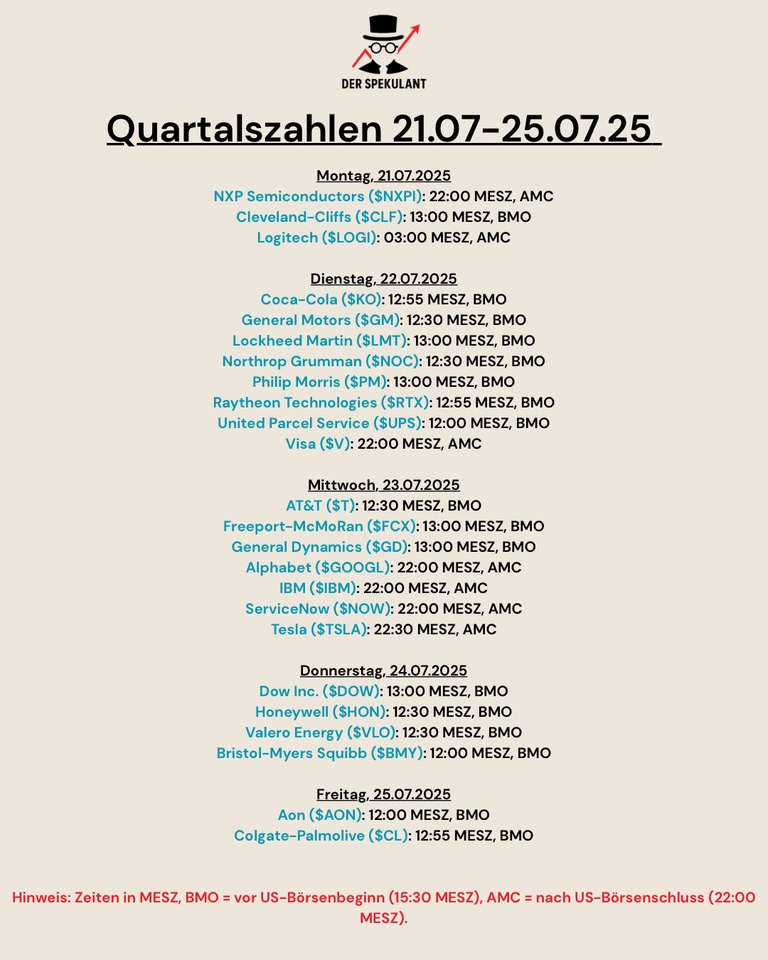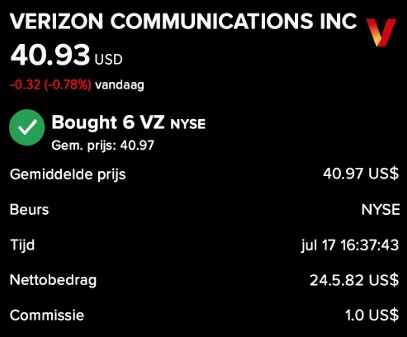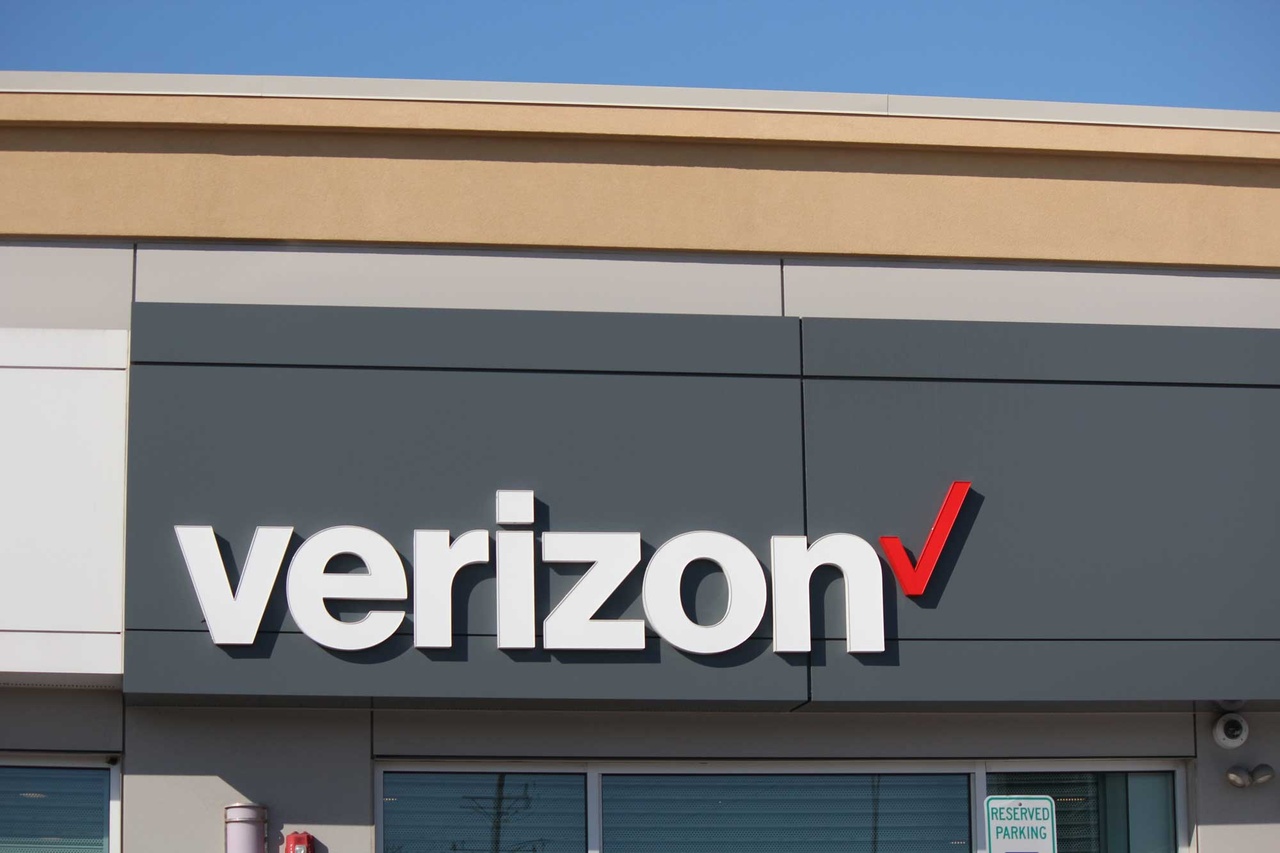🔹 Adj. EPS: $0.54 (Est. $0.54) 🟡
🔹 Revenue: $30.7B (Est. $30.86B) 🔴
🔹 Adj. EBITDA: $11.98B (Est. $11.77B) 🟢
🔹 Wireless Postpaid Phone Net Adds: +405K (Est. +338K) 🟢
🔹 Wireless Postpaid Net Adds: +328K (Est. +355K) 🔴
🔹 Mobility Revenue: $21.71B (Est. $21.95B) 🔴
Segment Highlights
🔹 Mobility Service Revenue: $16.9B; UP +2.3% YoY
🔹 Fiber Net Adds: +288K
🔹 Internet Air Net Adds: +270K
🔹 Consumer Fiber Broadband Revenue: $2.2B; UP +16.8% YoY
Financial Metrics
🔹 Operating Income: $6.1B; Adj. $6.6B
🔹 Net Income: $9.7B (includes $5.5B gain on DIRECTV sale)
🔹 Free Cash Flow: $4.9B; UP from $4.6B YoY
🔹 CapEx: $4.9B; Capital Investment $5.3B
🔹 Total Debt: $139.5B; Net Debt $118.8B
Guidance (Reaffirmed FY25)
🔹 Adj. EPS: toward high end of $1.97–$2.07 🟢
🔹 Free Cash Flow: low-to-mid $16B range
🔹 Mobility Service Revenue Growth: ≥3%
🔹 Adj. EBITDA Growth: ≥3%
🔹 Capital Investment: $22–$22.5B
🔹 Share Repurchases: $4B under 2024 authorization
Commentary
🔸 “We continue to add highly-profitable customers choosing AT&T for all their connectivity needs. Our investment-led strategy is working.” — John Stankey, CEO














